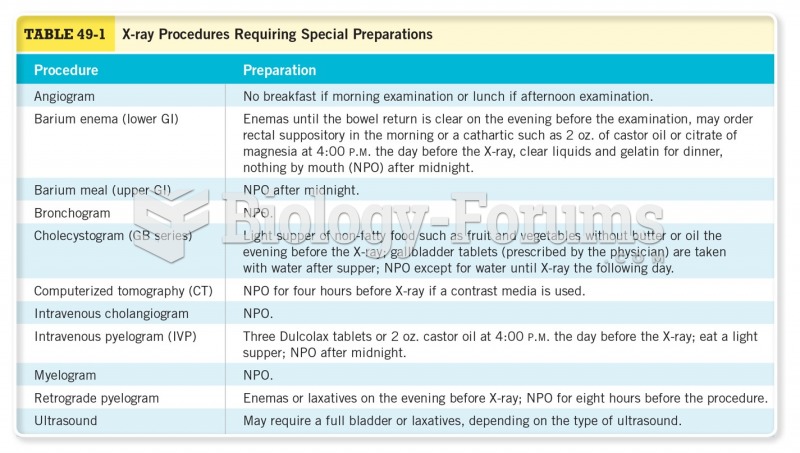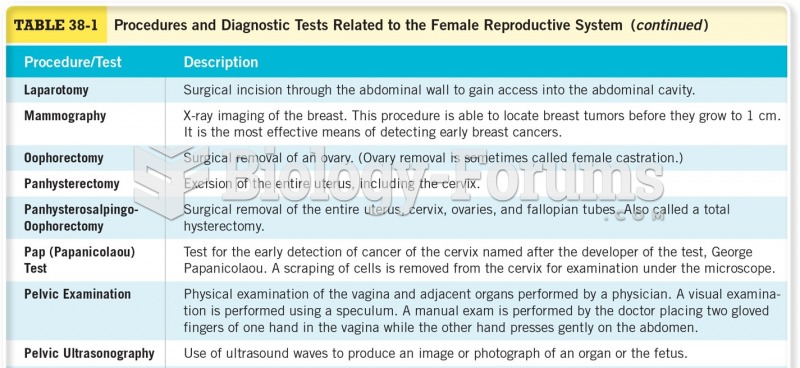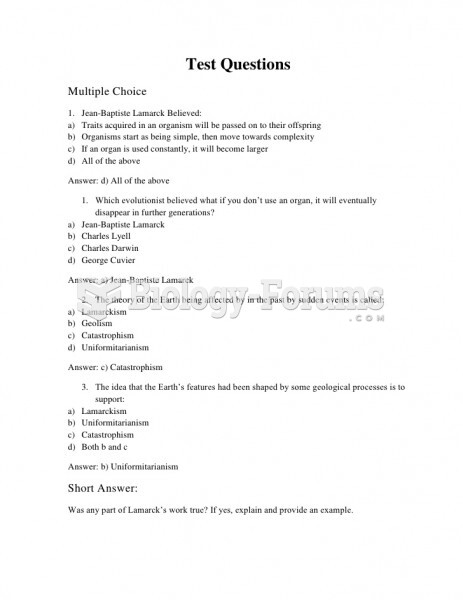Answer to Question 1
Every law firm, regardless of its size or structure, has some kind of established filing procedures. Efficient procedures are vital because the paperwork generated is substantial, and important documents must be safeguarded yet be readily retrievable when needed. If a client file is misplaced or lost, the client may suffer costly harm. Additionally, documents must be filed in such a way as to protect client confidentiality. The duty of confidentiality extensively affects legal work and procedures. This is particularly true of filing procedures. All information received from or about clients, including files and documents, is considered confidential. A breach of confidentiality by a paralegal or other employee can cause the law firm to incur extensive liability.
In small firms, filing procedures may be rather informal, and paralegals may need to assume the responsibility for organizing and developing an efficient and secure filing system. Larger firms normally have specific procedures concerning the creation, maintenance, use, and storage of office files. In larger firms, a supervisor generally trains paralegals in office procedures, including filing. Although the trend today, particularly in larger firms, is toward computerized filing systems, many firms create hard copies to ensure that files are not lost if computer systems crash.
Answer to Question 2
Always print out a copy of your e-mail and retain it in the client's file so that a record exists. Be sure that any e-mail you send discloses your status as a paralegal (to avoid liability for the unauthorized practice of law). Request recipients to verify that important messages have been received (such as when you are notifying a person of a court date). E-mail systems often have a function that allows senders to request a return receipt, which will confirm that the message you sent was received. You should also respond to incoming e-mail promptly so that the sender knows that you have received the e-mail. Finally, make sure that you know the policies of your firm regarding confidential e-mail. If used carefully, e-mail can be an efficient way to fulfill your duties and communicate with the firm's clients.







